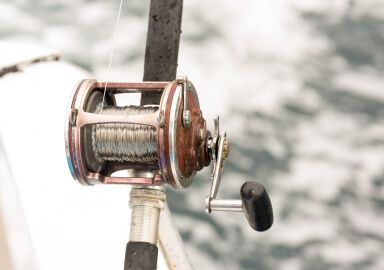Aral Barbel
The Aral barbel is a migratory benthic feeding fish that used to be common in the Aral Sea and its eastern catchment.
View 1 listing
1
listings
–
price starting from
1
countries
–
to the nearest trip
About Aral Barbel
The Aral barbel, also known as the Caspian barbel (Luciobarbus brachycephalus), is a critically endangered fish species according to the IUCN. Characterised by a light coloration, they feature silver or grey backs with silvery flanks and paler undersides. Their torpedo-shaped, slender bodies and fairly large, toothless, catfish-like mouths under their heads are distinctive. Two long, thin, white barbels extend from the mouth.
Juvenile Aral barbels feed on demersal invertebrates and crustaceans, while adults may also consume small fish. They can grow up to 105 cm (41 in.) and weigh 24 kg (53 lbs.), maturing around 7-8 years at about 60 cm (24 in.). The Aral barbel spawn in shallow, fast-flowing regions of the river and the eggs develop as they drift downstream. This is historically an anadromous species, spawning in freshwater and maturing in the sea, and used to form shoals and undergo mass spawning migrations. However, the Aral barbel is now struggling due to unsuitable sea conditions in its habitat.
How to Catch?
Previously significant in fisheries, the Aral barbel is now a rarity. The 1939 catch was estimated at 1 140 tons, this had dwindled to about 329 tons by 1980, after which wild fishing has been prohibited due to their critical status. Apart from limited attempts by Russian colonials, there have never been much of Aral barbel recreational fishing. Aral barbel could be caught by means of bottom fishing, as well as light to medium spinning tackle with small, soft lures. Unfortunately, the opportunity for recreational fishing of wild Aral barbel is almost non-existent today. However, there are ongoing captive breeding efforts, both locally and internationally, aimed at conservation and potentially for the pet trade, with even albino specimens occasionally available online


